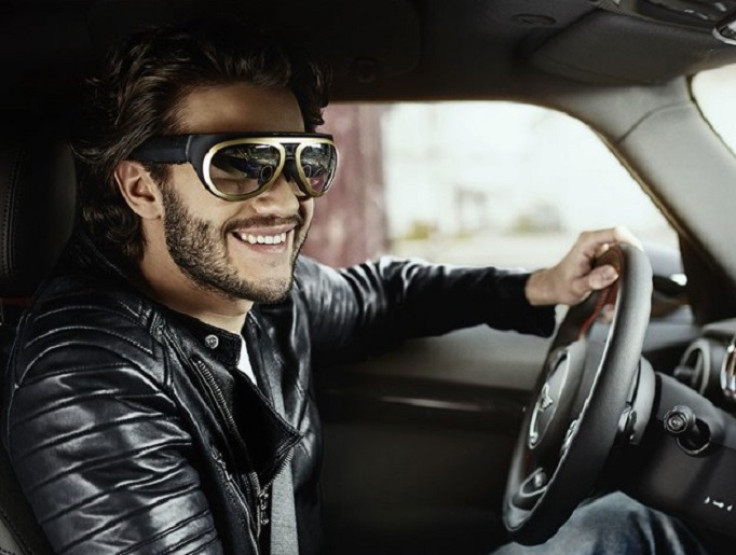Mini Augmented Vision: BMW creates augmented reality 'X-ray' glasses for drivers

Augmented reality glasses for drivers that render parts of the vehicle transparent to give an unobstructed view of external surroundings have been developed by BMW.
The Mini Augmented Vision, unveiled at the Shanghai auto show, also offer a head-up display for navigation and an augmented parking feature that projects a rear-view mirror into the driver's vision.
According to BMW, the glasses offer a "revolutionary" display concept that provides enhanced comfort and safety.
"Mini Augmented Vision gives an insight into how intelligent connectivity between a Mini car and eyewear into which relevant content is projected might work in the future," Jörg Preißinger, project manager for the glasses, said.

"Working with several Qualcomm companies, we have created an interlinked system and augmented reality eyewear with a characteristic Mini design that revolutionise the experience both in and outside the vehicle.
"This prototype with its customised, interactive functions succeeds in fusing augmented reality with the brand's trademark sense of style."
Mini Augmented Vision features
- Destination entry for navigation and transfer to vehicle: Selecting destination points when outside the vehicle, then transferring them to the vehicle.
- First mile/Last mile: Navigation display from the current location to the vehicle or from the vehicle to the final destination.
- Head-up display functions: Display of speed, speed limits, etc.
- Contact-analogue navigation and points of interest: Reality is enhanced by contact-analogue navigation arrows 'on' the road, as well as display of points of interest along the route.
- Messaging: A small icon is shown in the eyewear when a message is received. The SMS/message can then be read out by the car while driving for safety.
- X-ray view/transparent vehicle parts: A virtual view through parts of the vehicle (such as A-pillars and doors) serves to render external areas or objects concealed by the car visible.
- Augmented parking: This facilitates parking by projecting the images from a camera housed in the (farside) mirror into the eyewear.
Augmented reality glasses first came to prominence with Google Glass in 2013 but the search giant has since stopped selling the device to developers.
Other companies such as Sony and Microsoft have developed their own augmented reality glasses, while Apple is also rumoured to be working on developing the technology.
Augmented reality glasses have yet to gain mainstream adoption but have found applications in several fields, from medicine to space exploration.
"We are proud to have helped develop a breakthrough augmented reality interface between eyewear and the automobile," Jay Wright, vice president of Qualcomm Connected Experiences, said.
"Mini Augmented Vision offers a compelling example of what's possible today and what we can expect in the future."
© Copyright IBTimes 2024. All rights reserved.






